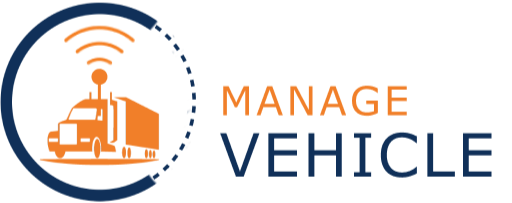Transport companies are a vital part of the economy because they allow commuters to get from one place to another. These companies are responsible for their passengers, so managing the fleet is crucial. A fleet manager’s responsibility is to ensure that the company’s vehicles are always in optimal condition. Naturally, keeping safe from accidents is also a must.
Accidents involving public transport vehicles aren’t uncommon, and if the fleet manager cannot keep the fleet in top condition, it could lead to legal liability. When a company has a fleet of taxis, the fleet manager must take care of their maintenance and ensure that drivers are always alert and aware of road conditions. While the thought of a company vehicle being involved in an accident is daunting, the good news is that there are ways to prevent this. These include:
#1 – Preventive Maintenance
Preventative maintenance refers to regularly inspecting the fleet to identify issues before they become more serious. This is performed to increase their lifespan. Preventive maintenance includes checking the engine and its components, inspecting the tires, and doing routine oil changes.
Let’s say your fleet has a bus that transports passengers. The bus has flat tires, a common issue in public transport vehicles. One way to deal with this is by checking the tires before every trip. You can also include an inspection of the bus whenever you perform routine maintenance for other vehicles.
#2 – Utilise Route Optimisation
Route optimisation entails managing the fleet’s schedule by considering aspects such as traffic flow, roadwork, and weather in the area. This also depends on the number of people who need to be transported. The route optimisation process ensures that a full bus isn’t left unused while there are people who need to be transported.
It’s best to use route optimisation software loaded with features to speed up the scheduling process. Some of these features include:
- Route optimisation
- Advanced trip management
- Advanced fare calculation
- Historical data analytics
- Monitoring and reporting
Route optimisation software helps fleet managers see where vehicles need to go to determine how many trips need to be made. With this data, they can streamline the process to ensure that the vehicles are always in optimal condition and drivers are productive.
#3 – Implement Strict Safety Policies
A company’s fleet might be full of vehicles, giving no sign of accidents. But accidents should be anticipated, and thus, your fleet’s safety policies should be strictly implemented and compromised. Remember that fleet management isn’t only about how a fleet is maintained but also about traffic safety.
Implementing safe driving policies and procedures will keep your fleet safe from accidents. These involve training drivers on how to behave and what to do in the event of an accident. Drivers should also be taught to take the necessary steps when driving, such as accelerating slowly and anticipating road conditions and changes.
#4 – Monitor Your Drivers’ Activities
Your drivers are essential to your fleet, so you must keep tabs on their driving and performance. Some fleet management software can help you do this. If your driver is in a taxi, you can track his GPS, which allows you to see where he’s going and how long he’s been in a particular location.
For example, if a driver is going off-route, you can use fleet management software to know where he is going and how long he’s been on the road. If the driver has been going for too long without rest, you can contact the driver, and they can arrange a break. The GPS also allows you to monitor the driver’s speed, which is crucial for preventing dangerous accidents.
#5 – Always Have an Open Line of Communication
Above all else, fleet managers must open the lines of communication with their drivers. They must be able to talk to their drivers to ensure that all the vehicles are in prime condition and that the drivers aren’t at risk of getting into an accident. Having open lines of communication also helps drivers feel valued to work more efficiently.
Conclusion
Fleet management software, such as GPS tracking software, can help companies keep tabs on their fleets and drivers. This way, you’ll be able to keep the fleet in optimal condition and prevent accidents. All that matters is finding the right software that suits your fleet’s needs.
If you’re looking for the best fleet GPS tracking systems, Manage Vehicle can help you! Our platform is equipped with the tools and features you need for effective navigation and real-time tracking, all for affordable prices. Simply go to our website to request a quote!







